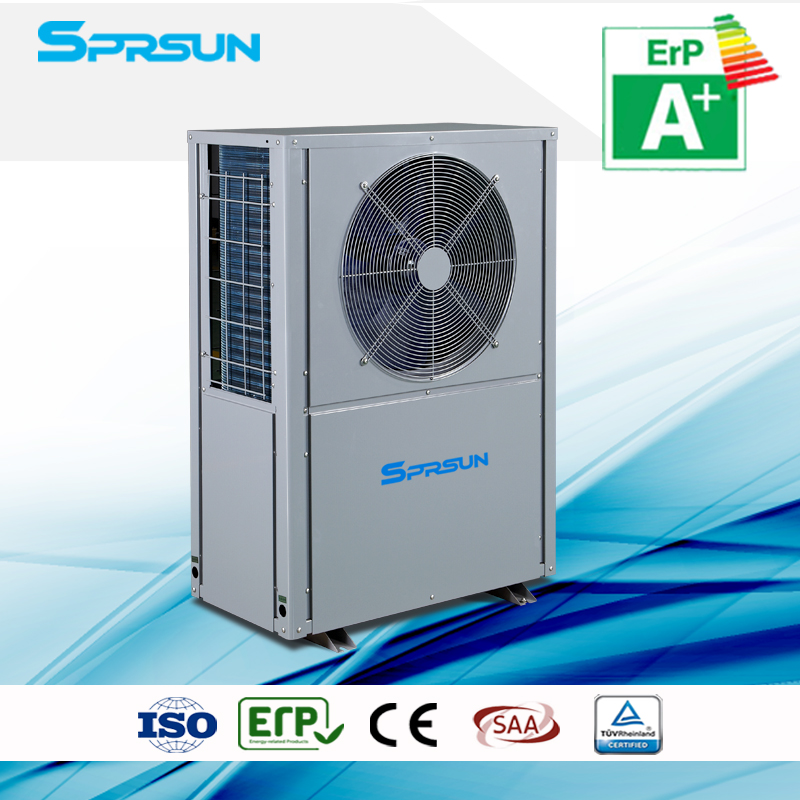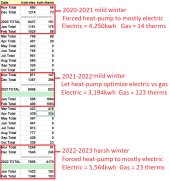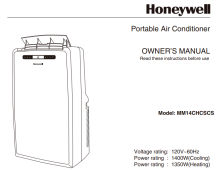compwizpro
New Member
For me personally: to get the most out of every WattHour I generate. A heatpump easily gets you two to four times the heat output compared to direct electric for every unit of energy you put in.
This is my thought as well regarding heat pump over resistive heating. Based on the fuel costs, it would take me over 4 times the electricity to produce the same BTUs as my furnace which is a worse conversion than the sell back cost of power back to the utility. So the only real benefit I would get is being able to heat whatever room I'm in more.
The portable heat pumps I mentioned seemed to be the lowest investment in case my idea doesn't pan out, would get about 2 - 3x the BTU per watt than resistive heating, and minimal installation / impact of the house. But I've typically stayed away from portable units for cooling due to the extra noise from the compressor being on the inside. I'm also aware they only operate down to ~40F outside ambient so I wouldn't be able to run them in the deep winter months, but thats also when my solar is expected to underproduce so it wouldn't make sense anyway.
A 1 - 2 ton mini-split would be ideal from a cost / efficiency standpoint, but I don't have a good place to put the head unit that wouldn't be an eye sore inside / distribute the air evenly enough.
I like the idea of a monobloc heat pump with a water to air heat exchanger in the duct as another poster mentioned and they look relatively easy to install based on a few videos i've seen. I would need to find one I could buy in the US ideally in the ~2 ton range and look how I can integrate it into my existing thermostat (I have an Ecobee). Some people mentioned to use the different heat stages to trigger the heat pump vs gas. Also I would need to make sure the extra coil inside the plenum doesn't restrict the airflow too much to avoid burning out the blower.
All great suggestions!








